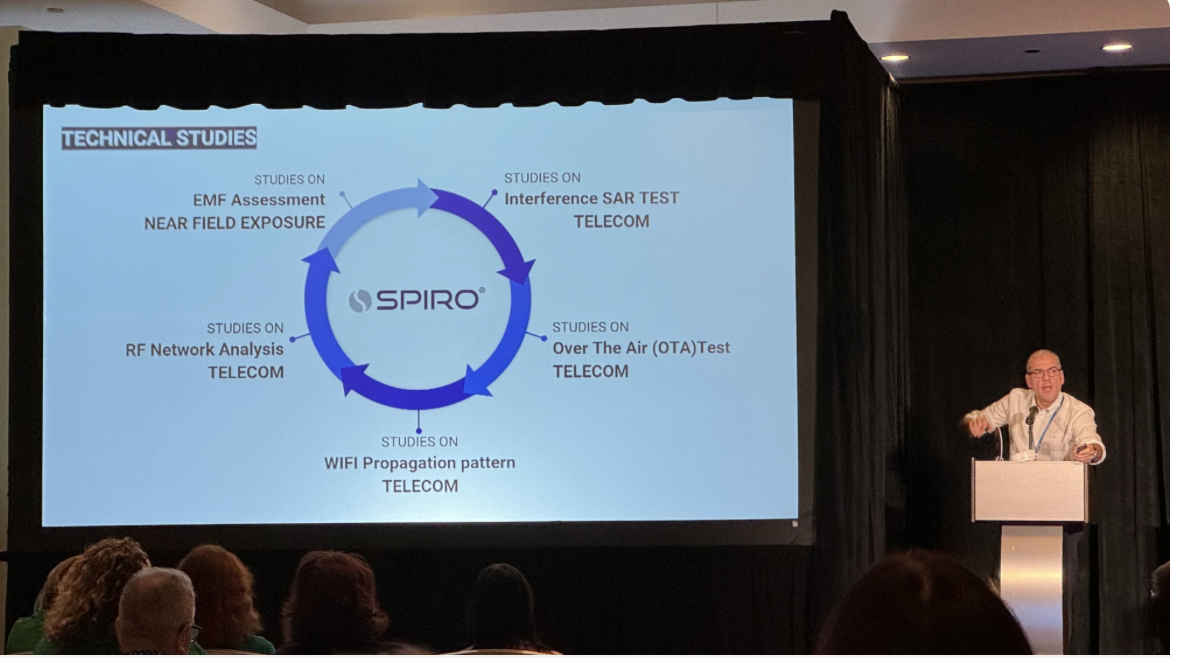Founded in 2012 in Aruba by EMF researcher J. Joaquín Machado and engineer Marianella Romero—whose personal struggle with electrohypersensitivity (EHS) highlighted the urgent need for change—NOXTAK® began as a scientific initiative to tackle the rising levels of electromagnetic emissions from both near- and far-field sources.
Driven by extensive multidisciplinary research and inspired by the limitations of existing solutions, our team developed SPIRO® (Spin Radiation Organizer Technology), the first science-based, non-blocking solution designed to filter harmful electromagnetic radiation.
Between 2013 and 2020, our studies across over 90 square miles of Aruba documented a 453% increase in EMF exposure and identified 29 common symptoms in highly sensitive individuals. Detailed case studies, involving 50 cases and over 1,000 registered with EHS symptoms, confirmed that increased exposure directly correlates with the severity of health issues like sleep disturbances, fatigue, and headaches. Moreover, our research shows that controlling electropollution with SPIRO® effectively alleviates these symptoms, supporting the view that EHS is a sensitive reaction to environmental radiation rather than an illness.
Today, NOXTAK® leads the way in sustainable development by integrating our patented SPIRO® technology into buildings, devices, and systems. We are committed to creating a future where technology and wellness coexist seamlessly.






















































